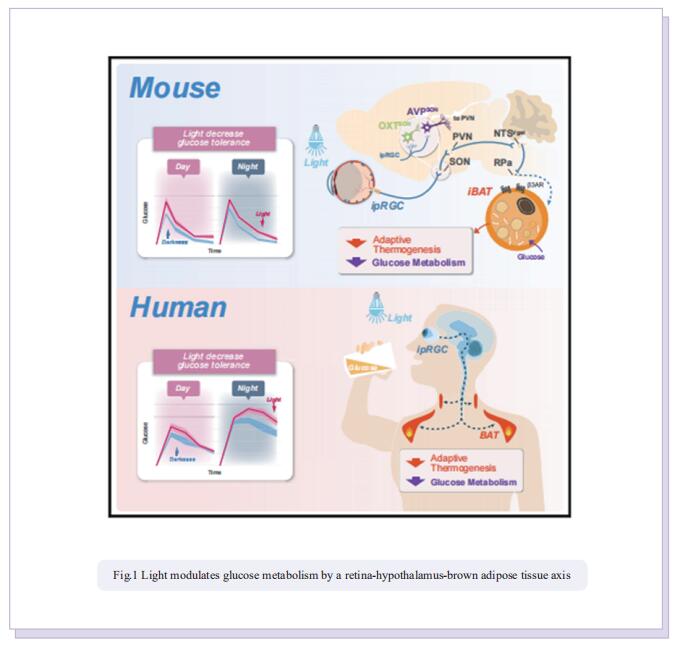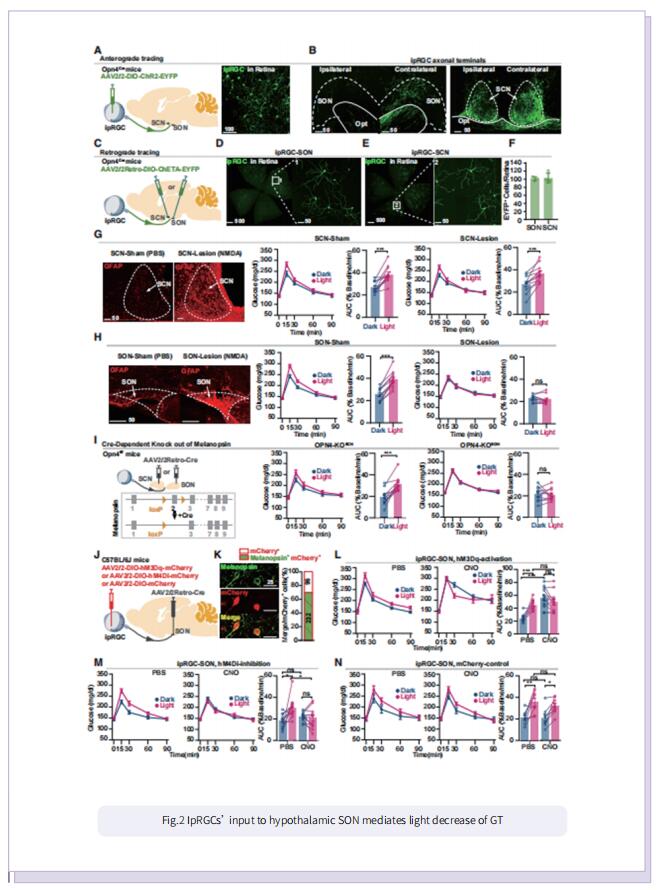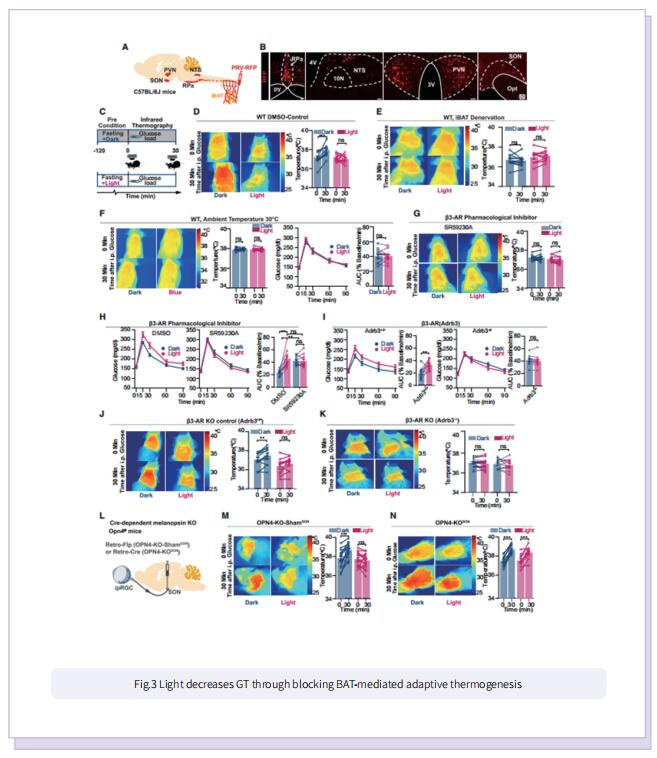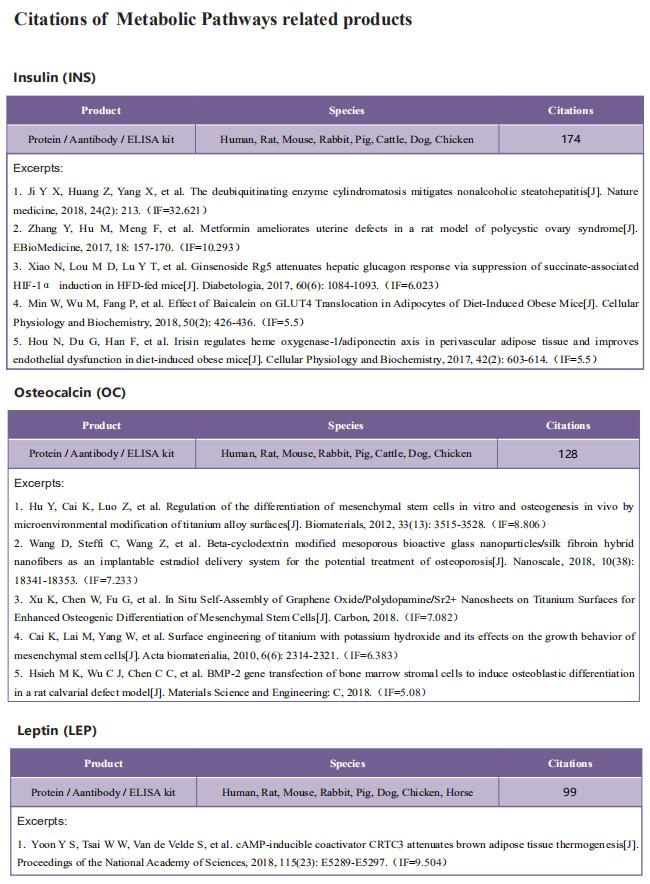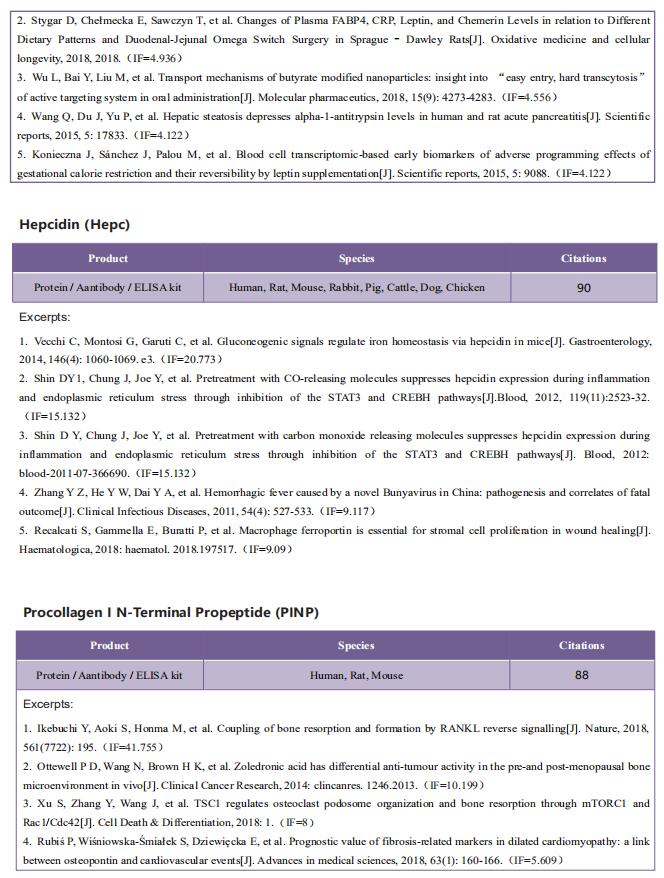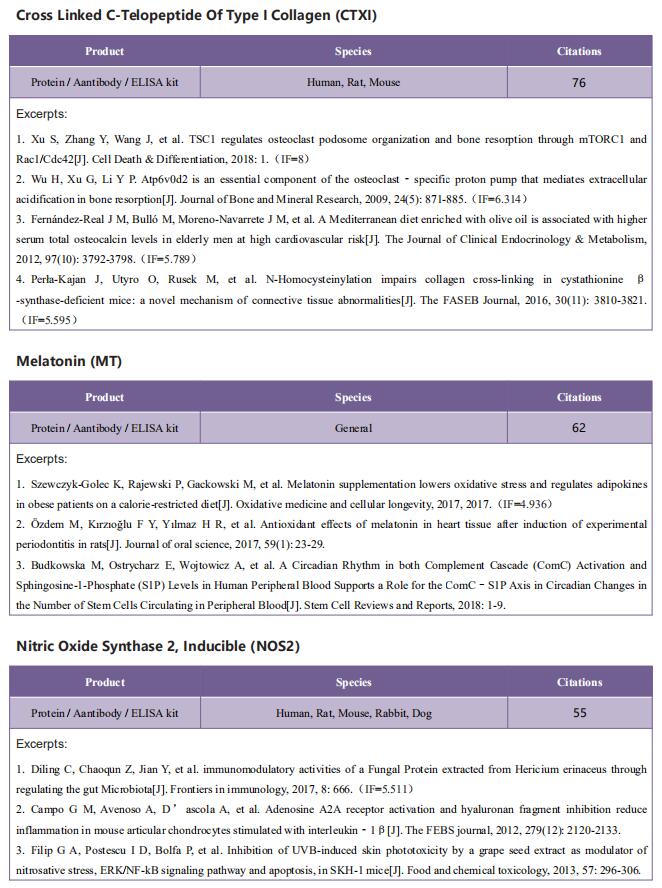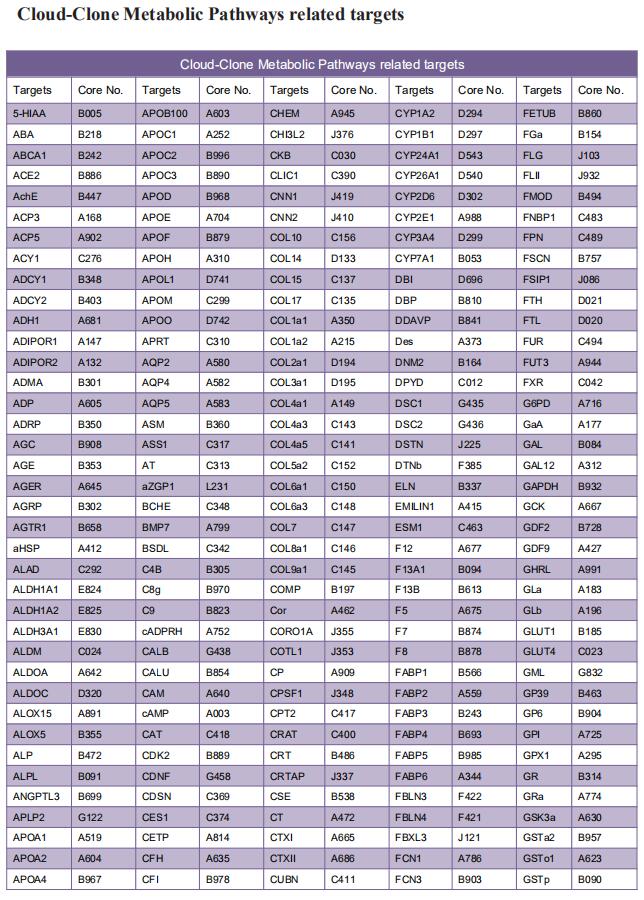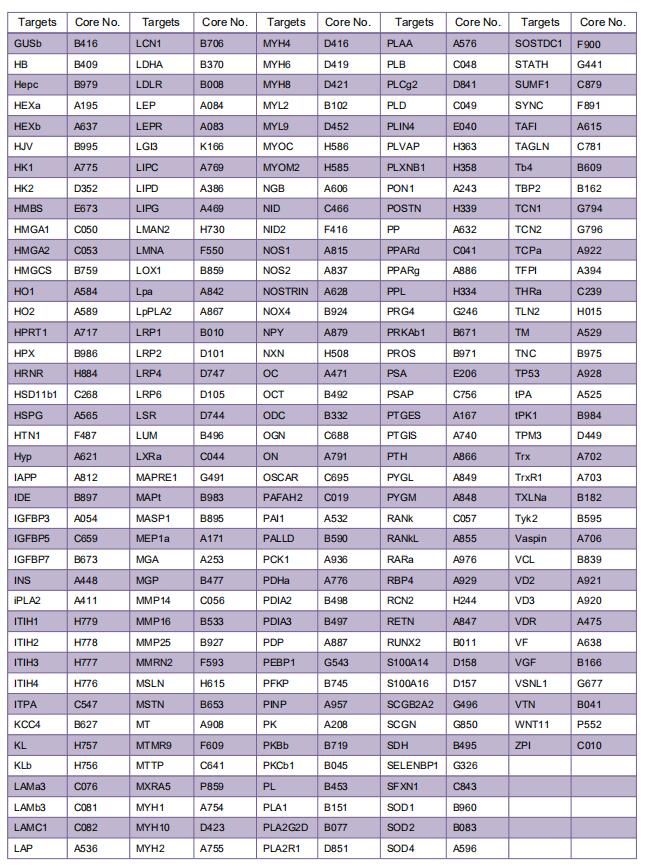Light modulates glucose metabolism by a retina-hypothalamus-brown adipose tissue axis
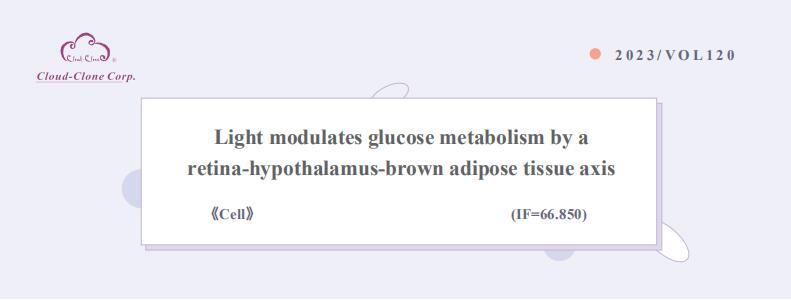
On January 19, 2023, Tian Xue, CAS Key Laboratory of Brain Function and Disease, China, and his team published a paper titled “Light modulates glucose metabolism by a retina-hypothalamus-brown adipose tissue axis” in Cell. Their work unveiled a retina-supraoptic nucleus-brown adipose tissue axis that mediates the effect of light on glucose metabolism.

The kits [ELISA Kit for Cholecystokinin (CCK), CEA802Mu] of Cloud-Clone brand was chosed in this article, we are so proud for supporting the reaserchers.

Public health studies indicate that artificial light is a high-risk factor for metabolic disorders. However, the neural mechanism underlying metabolic modulation by light remains elusive. Here, we found that light can acutely decrease glucose tolerance (GT) in mice by activation of intrinsically photosensitive retinal ganglion cells (ipRGCs) innervating the hypothalamic supraoptic nucleus (SON). Vasopressin neurons in the SON project to the paraventricular nucleus, then to the GABAergic neurons in the solitary tract nucleus, and eventually to brown adipose tissue (BAT). Light activation of this neural circuit directly blocks adaptive thermogenesis in BAT, thereby decreasing GT. In humans, light also modulates GT at the temperature where BAT is active. Thus, our work unveils a retina-SON-BAT axis that mediates the effect of light on glucose metabolism, which may explain the connection between artificial light and metabolic dysregulation, suggesting a potential prevention and treatment strategy for managing glucose metabolic disorders.
